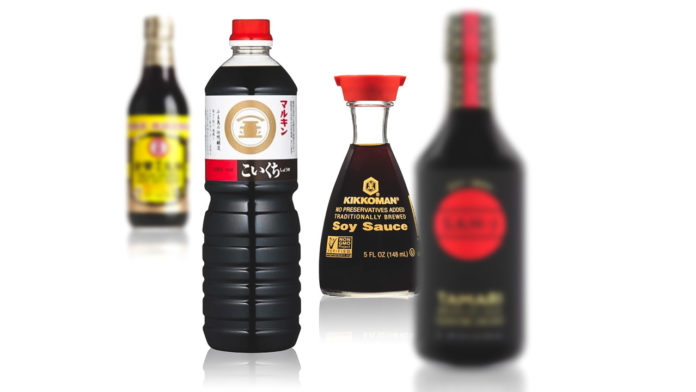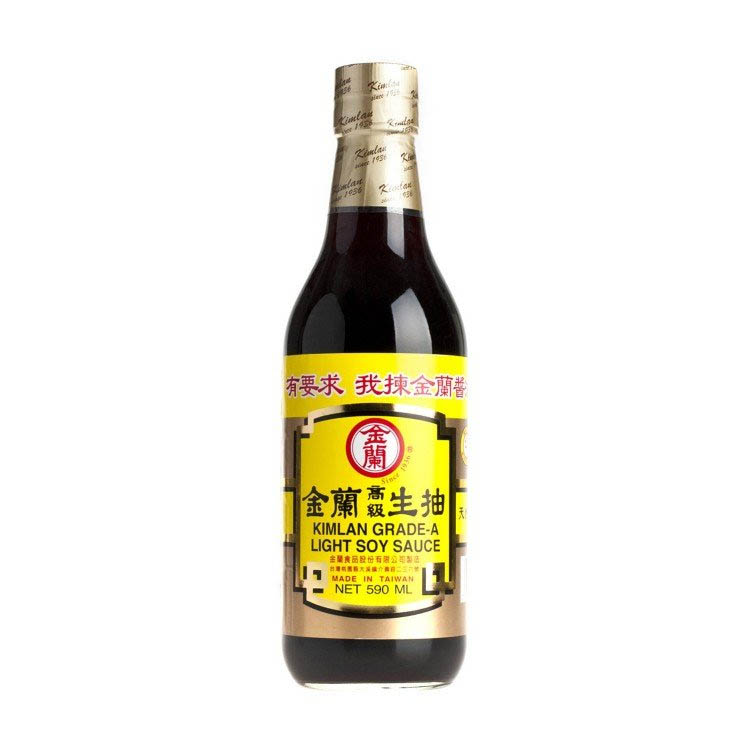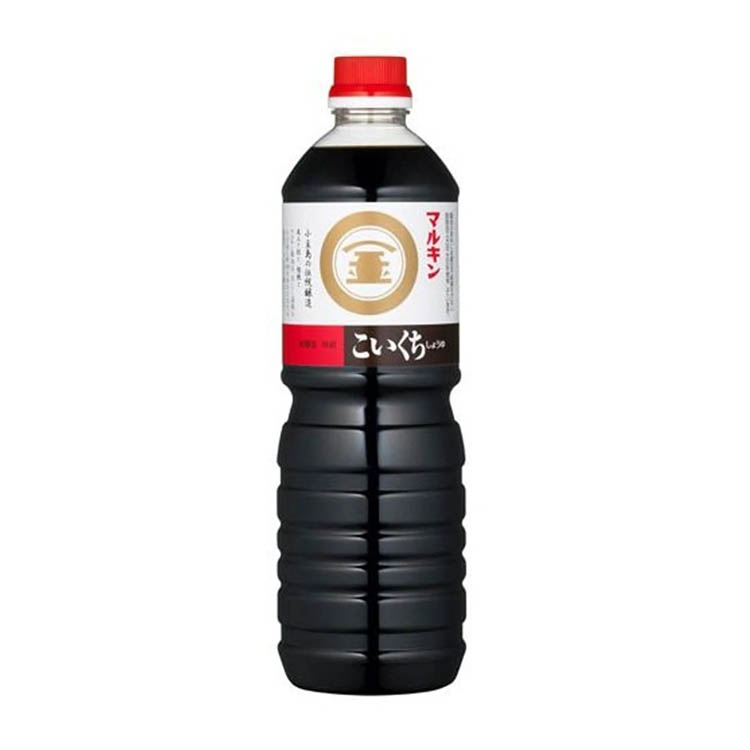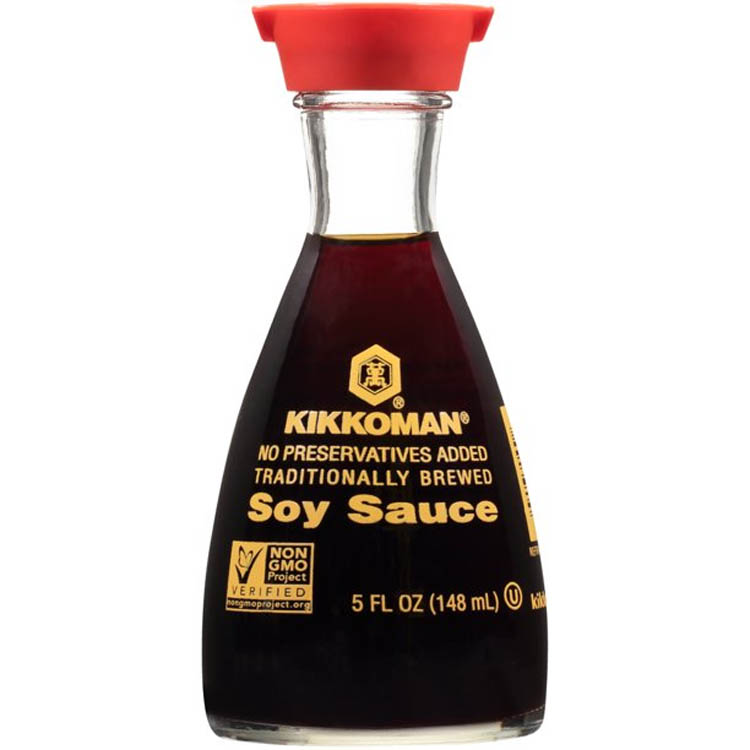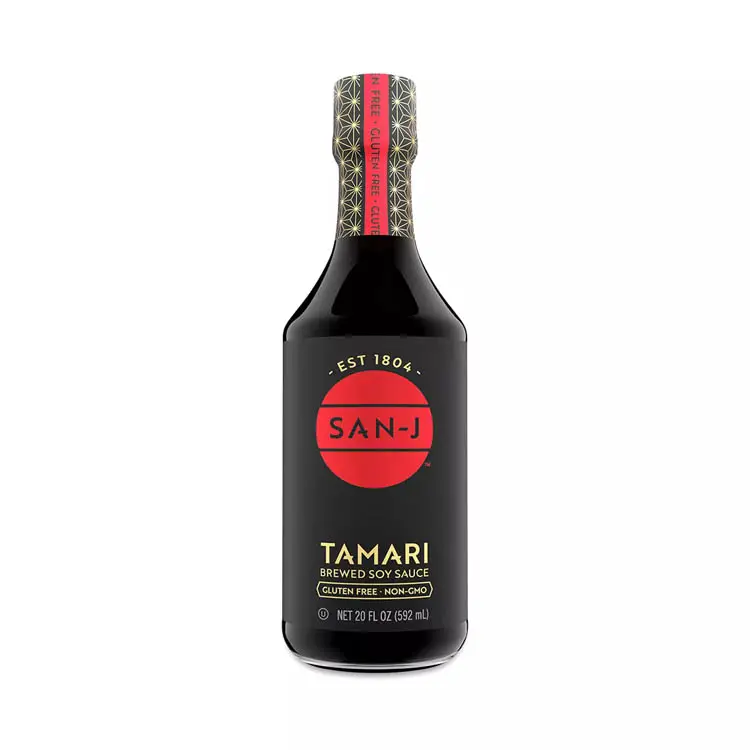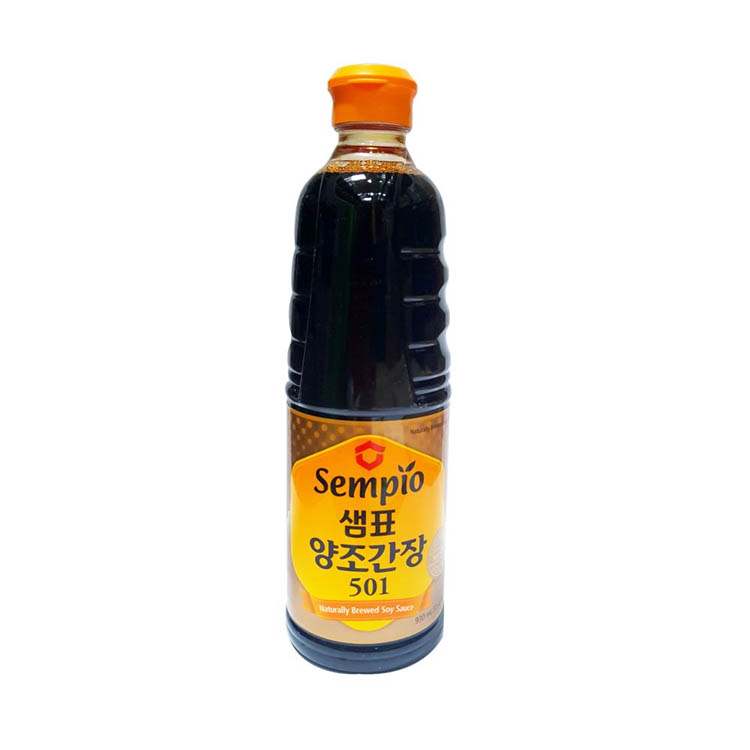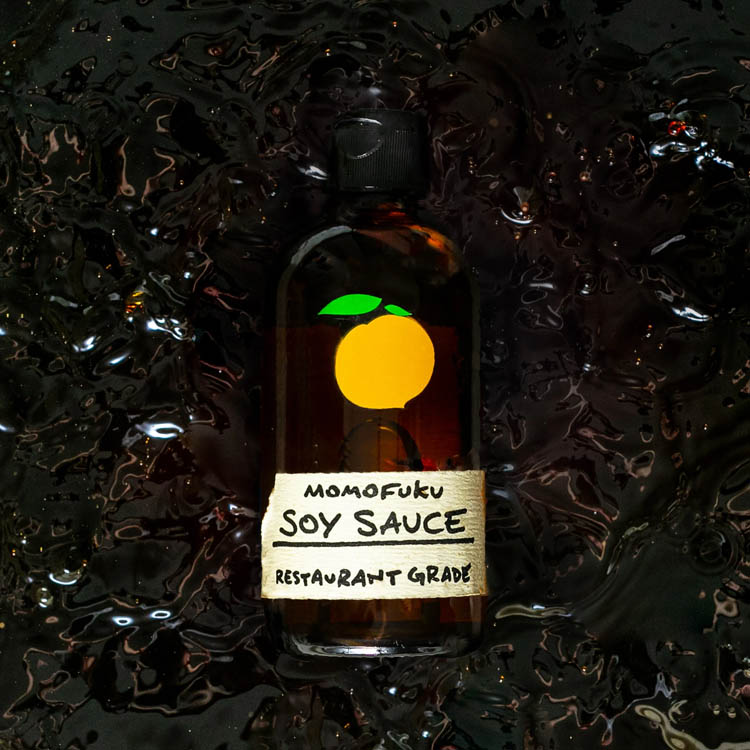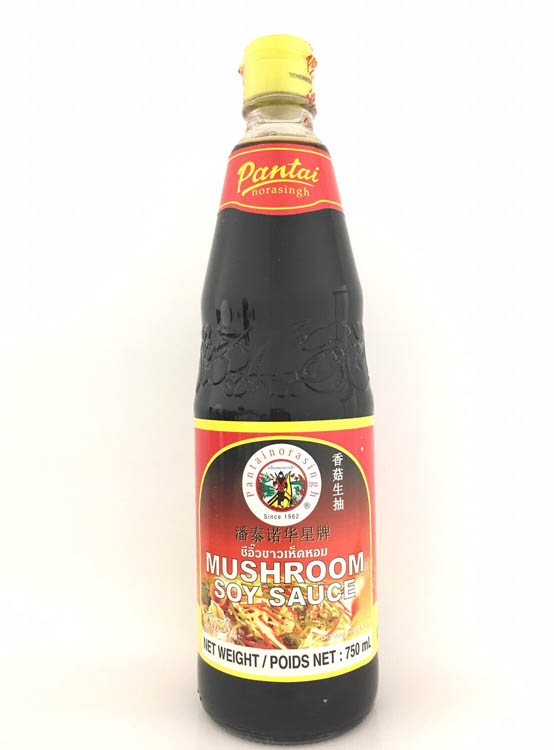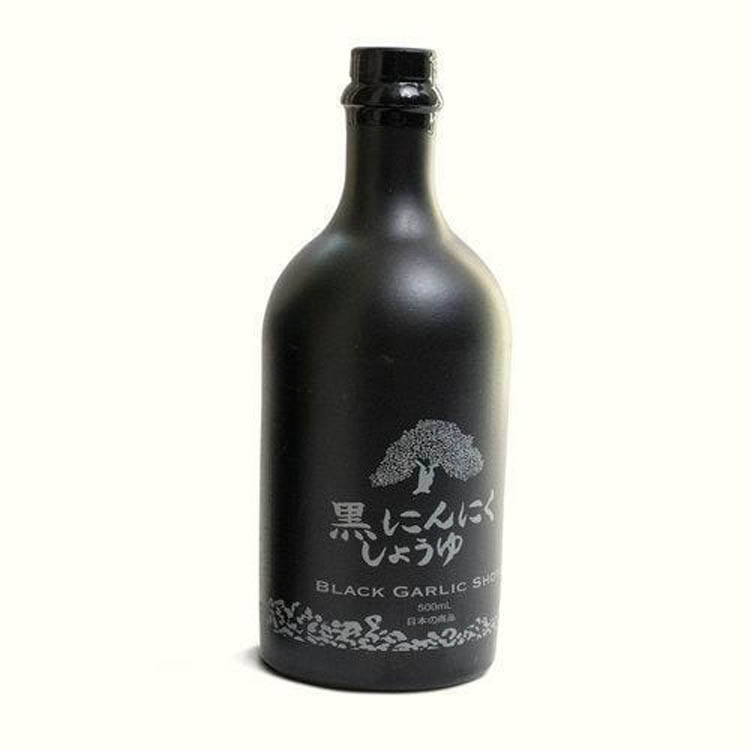A proper search for the best soy sauce sends one careening down joint historical and epicureal rabbit holes. Much like Western cultures have lumped all East Asian animation into the general category of “anime,” oftentimes the simple name of this ubiquitous Asian condiment and cooking ingredient evokes one single flavor, even one archetypal supermarket shelf appearance.
In reality, this storied condiment takes numerous names according to its nature and the nation producing it. The process of making soy sauce is far more complex than one might intuit, a time-heavy artform of fermentation and carefully curated inputs. If you’ve ever wondered something like, “what is dark soy sauce?” then we’re here to help. From shoyu to light soy sauce, we’ve outlined the highlights you need to know when searching for the best soy sauce brands to keep your kitchen stocked with distinct flavor profiles for every dish. Bon appetit, or as chefs say in Japan, meshiagare!
What is Soy Sauce?
Most people know that soy sauce is a widespread condiment and seasoning used throughout Asian cuisine, but how is it made, exactly? Super famous supermarket brand Kikkoman has an in-depth, illustrated guide to their own process available on their website. However, the craft of creating soy sauce spans 2,000 years, an artform handed down from generation to generation.
As the internet has interconnected the world, food fans around the globe have been able to explore even more niche aspects of cuisine across cultures. The past decade has fostered a soaring interest in umami, often regarded as the “fifth taste” along with more common taste sensations like sweet, salty, and sour. Adding soy sauce to your asian dishes often increases saltiness alongside this coveted umami flavor, which Merriam Webster defines as such:
“the taste sensation that is produced by several amino acids and nucleotides (such as glutamate and aspartate) and has a rich or meaty flavor characteristic of cheese, cooked meat, mushrooms, soy, and ripe tomatoes.”
Generally, the four key ingredients in this culinary staple include soy beans, wheat, Aspergillus oryzae or sojae molds, and salt brine. The cooked beans and wheat are fermented with the the mold as an agent, and then added to the brine. Much later, the concoction is then pressed, heated, and extracted. Tiny manipulations along this standard process creates the wide range of delicious products available to gourmands today.
Types of Soy Sauce
On the larger scale, soy sauces can be classified according to the country they come from, but sub-groups even exist within those classifications—each East Asian country produces a range of proprietary products suited to their own tastes. On Masterclass, Naki Nakayama outlines a few of the overarching varieties of soya sauce popular on the market.
Light
Light soy sauce typically hails from Chinese craftsmanship, distinguished both in flavor and consistency. Some also call it “thin soy sauce.” Where some varieties have a heavier, more viscous flow to them, light soy sauce is lightweight and a little more liquid. On the flavor front, light soy sauce is actually tastes saltier than its colleagues, so keep that in mind if you’re sodium-conscious!
Dark
Across cultural lines, dark soy sauce is a little bit thicker and darker in color, as its name connotes. The Spruce Eats notes “It has a richer, sweeter flavor, thanks to a longer aging period and the addition of caramel and sometimes molasses.” When cooking, most chefs use dark soy sauce to add extra flavor, color, and even texture to a dish, sometimes going so far as to pair it with light soy sauce for a one-two flavor punch.
Shoyu
Like the term “anime,” “shoyu” itself is simply the Japanese word for soy sauce. As such, you’ll find many varieties of shoyu sauce out there upon closer inspection, including koikuchi (general purpose), usukuchi (light), shiro (white), saishikomi (double brewed) and tamari (gluten free). In general, shoyu sauce taste a bit heavier and more flavorful—that’s why it’s suited to be the base of entire delicious Japanese dishes like ramen!
Flavored
There’s also all kinds of flavored offerings crafted and savored across cultural lines. Mushroom soy sauce ranks amongst the most popular, but shrimp flavor claims more cache in Eastern China. With the market always expanding and on the rise, you can find an influx of exciting new flavor profiles from garlic to Vietnamese staple Sriracha, infamously blended with delicious chilli!
Best Soy Sauce Brands to Try Today
Light: Kimlan
Light soy sauce makes a versatile addition to your culinary endeavors with its lighter consistency and salty flavor. On Epicurious, Chinese Soul Food author Hsiao-Ching Chou cites Kimlan as her go-to light soy sauce brand. She cites this Chinese soy sauce as “neutral in terms of flavor balance” continuing to state she appreciates that it “doesn’t have a sweetness that might throw off a stir fry.” For Chinese receipes, it’s best to stick to Chinese soy sauce because it suits those specific flavor profiles. Kimlan makes a reliable and tasty offering.
Shoyu: Marukin
With its pronounced, fragrant flavor, koikuchi is the most general and well-loved type of Japanese shoyu soy sauce. Based on Japan’s Shodo island, Marukin’s site states they’re one of the top five best shoyu brands active in the country. The company makes a blend favored for its integrity and rich flavor profile. Their site explains that this take on traditional shoyu soy sauce “offers a balanced combination of deep umami and light sweetness.” Marukin’s dark soy sauce can serves culinary purposes from the kitchen to the table, adding flavor every step of the way.
Supermarket Staple: Kikkoman
This ubiquitous Japanese brand is well-known around the world, permeating international supermarkets and dinner tables in even the most insular western locales. As a Japanese brand, Kikkoman soy sauce is technically classified as shoyu. Available in a range of sodium options, you can find their classic offering found around the globe, of course, for good reason: Kikkoman’s proprietary processes incorporates only the best ingredients, including their own special fermenting agent, the original Kikkoman Aspergillus. Whether you’re in a pinch or looking for a brand you can count on, Kikkoman always delivers, regardless of location.
Gluten Free Tamari: San-J
While wheat is one of the central ingredients to most of the best soy sauce brands, those living a gluten free lifestyle can still imbibe upon the Asian condiment’d glory. Tamari is a type of shoyu that eschews gluten, using just water, soybeans, salt, and alcohol, while maintaining that robust taste we all know and love. Tamari is darker, less salty, with more of the savory umami flavor than one might find other varieties of shoyu. Time and again, critics cite San-J as their favorite company for this style.
Korean Ganjang: Sempio
Korean culture’s take on soy sauce is called ganjang. Oppa Cooks Here explains that “The literal translation is two words put together: Gan translates to seasoning and Jang translates to a salted, fermented condiment.” Sempio serves as the country’s best soy sauce brand, and their 501 formula reigns king. Traditional Korean ganjang is lighter in color, saltier, and less sweet, similar to the light soy sauces produced by China. However, Korean cooks stick to employing ganjang more in the cooking/preparation process for Korean dishes, rather than on the table for dipping. This all-purpose Yangjo Ganjang will carry all your Korean dishes to complete perfection.
New Wave: Momofuku
Just because the art of crafting soy sauce spans cultures and millennium doesn’t mean you need to stick with tradition to get the best flavor for your Asian dishes. Momofuku seeks to revolutionize the market by stealing shares away from tired old supermarket brands and aiding a generation of at-home chefs empowered by the internet in sourcing interesting, high quality ingredients. Building off 10 years of study from the Momofuku Culinary Lab, this restaurant grade organic soy sauce works best with braised meats, marinades, and all the classic implementations. What’s different? Along with organic inputs, it’s also steeped in kombu to unlock a rich array of flavors. To the future!
Mushroom Flavor: Pantai
Looking to diversify your kitchen stock even further? Adding flavored soy sauce to your pantry means even more nuance available within an arm’s reach while you’re in the kitchen. Thailand-based brand Pantai makes a fantastic mushroom blend that marries the rich consistency and sweeter flavor of dark soy sauce with the earthy aroma of mushrooms. Thai cuisine has taken the globe by storm with its delicate balance of sweet and savory flavors, so who better to trust for a mushroom soy sauce that harmonizes multiple tasty elements?
Fresh Flavors: HAKU
Add further flavor to your traditional Japanese shoyu with this high caliber black garlic shoyu from HAKU, who’s currently crafting some of the sexiest shoyu out there today with a keen attention to detail and meticulous process of creation. Their efforts result in this artistinal black garlic shoyu, blending time-tested technique with modern innovation. “Haku Black Garlic Shoyu is a sweet, salty, and umami soy sauce with complex aromas of earthy must,” the product description explains. “Brewed with wheat, shoyu has a sweeter, rounder flavor than other types of soy sauce, and black garlic imparts hints of fig, raisin, molasses that complement this shoyu’s subtle sweetness.” Even the bottle looks like a work of art! HAKU’s adventurous offering just goes to show how many fascinating niches and new tastes are available across the international market, if a gourmand simply commits the time and energy necessary to look.

